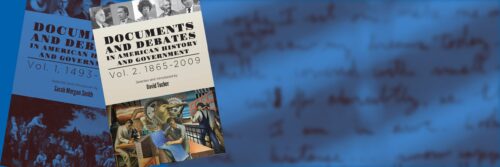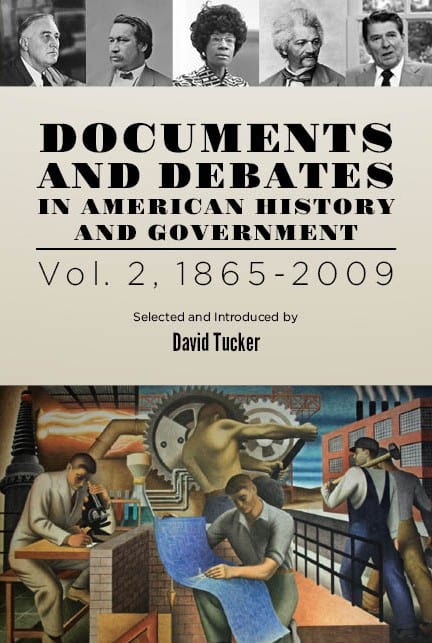
Let Us Have Peace: Reconstructing the West, Grant's Peace Policy

On May 29, 1868, General Ulysses S Grant accepted the Republican nomination for president in a short letter to Joseph R Hawley, the party’s convention president. Grant concluded his brief note to Hawley with the phrase that became his unofficial campaign slogan, “Let us have peace.” In the eyes of many Americans, the great warrior who won the Civil War, saved the Union, and guaranteed emancipation was about to rebuild the Union and ensure peace.
As President, Grant’s efforts to restructure a peaceful nation were not limited to reconstructing the laws and social attitudes of the former confederates he conquered on the battlefield. President Grant also hoped to create a new chapter in the government’s approach to Native Americans. He rejected a strategy built solely on conquest because he believed a “system which looks to the extinction of a race too horrible for a nation to adopt [without] . . . engendering in the citizen a disregard for human life and the rights of others”. . . . Grant was convinced “that little trouble would have ever been had from [the Native Americans] but for the encroachments and influence of bad whites.”
In today’s post, we feature Chapter 17: Reconstructing the West: Grant’s Peace Policy from Documents and Debates, Volume 2: 1865 – 2009. Below is a list of documents in this chapter.
- President Ulysses S. Grant, First Annual Message, December 6, 1869
- Ely S. Parker, Report of the Commissioner of Indian Affairs, December 23, 1869
- President Ulysses S. Grant, Speech to Red Cloud and Red Dog, May 28, 1872
- Ely S. Parker to Harriet Converse, 1885
- Susan La Flesche, M.D., “The Home Life of the Indian,” June 1892
In this fascinating collection of documents, we see evidence of Grant’s comparatively benign approach toward Native Americans. At the same time, we see his implicit rejection of any equality between native culture and the dominant culture of the new nation being built on land the natives once held. Grant appointed Ely Parker, a full-blooded Seneca sachem, as a Commissioner of Indian Affairs. Parker, an assimilationist, argued that Native American tribes were not foreign nations; thus, they lacked the sovereign power to enter into treaties. Parker considered Native Americans to be “wards of the state.” He wanted them on reservations in “permanent abodes” and argued that those who resisted should “be treated as friendly or hostile as circumstances might justify.”
This collection includes the voices of two Native American leaders. In addition to Parker’s voice (Documents B & D), we also hear the fond memories of Dr. Susan La Flesche, believed to be the first Native American doctor licensed in the United States. La Flesche describes the daily home life of the Native American family as essentially unchanged since her childhood. Reservation life has made farmers out of hunters and replaced tepees with frame houses, but she laments the loss of the multi-family lodge home and the lost closeness of tribal life before reservations.
In the words of historian Ron Chernow, “Grant saw absorption and assimilation as a benign, peaceful process, not one robbing Indians of their rightful culture. Whatever its shortcomings, Grant’s approach seemed to signal a remarkable advance over the ruthless methods adopted by some earlier administrations.” [1]
A careful reading of these documents raises the question, what were the alternatives to “absorption and assimilation” or confinement of Native Americans to reservations? Would it have been possible to make the western lands accessible to new settlers while preserving native culture?
Purchase or download your copy of Documents and Debates, Vol. 2 today!
[1] Chernow, Grant p. 659



